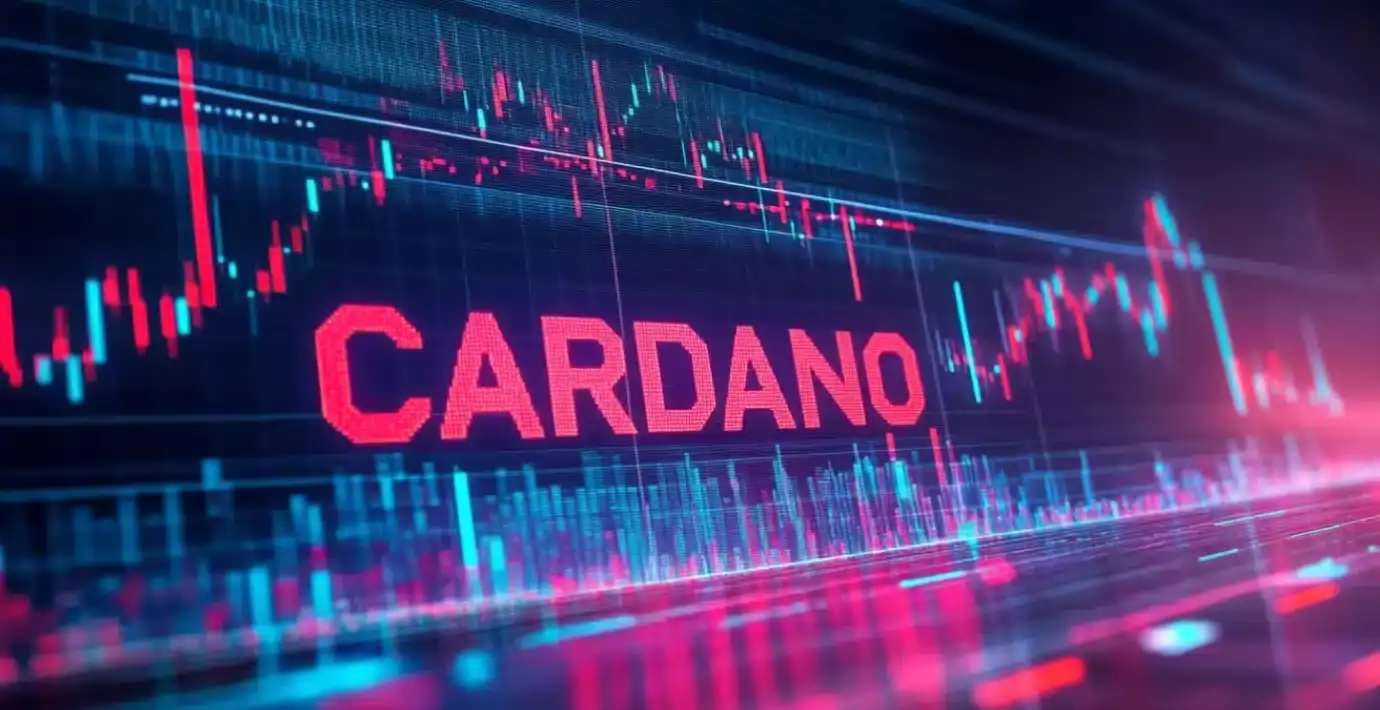In a world where decentralized finance (DeFi) has revolutionized how we perceive financial transactions, Cardano’s launch of Cardinal appears to be a game-changer for Bitcoin enthusiasts. Announced by Charles Hoskinson, the founder of Cardano, Cardinal seeks to bridge the gap between Bitcoin and DeFi services without the usual hindrances posed by custodial systems. This innovative approach could catapult Bitcoin users into a more inclusive financial ecosystem, allowing them to leverage their assets in ways previously unimaginable.
Bitcoin Users Reclaiming Control
The essence of Cardinal lies in its groundbreaking mechanism that allows users to wrap their Bitcoin, specifically focusing on unspent transaction outputs (UTXOs). For too long, Bitcoin users have faced challenges in efficiently utilizing their holdings without relying on centralized entities. Traditional wrapped Bitcoin solutions often lead to potential risks, including issues of transparency and trust. By employing a groundbreaking technology like MuSig2, Cardinal strips away the cloak of uncertainty. The requirement that only one participant must remain honest to guarantee transaction integrity reshapes the narrative of trust in the digital currency space.
A Trust-Minimized Infrastructure
Cardinal’s architecture stands in stark contrast to typical financial setups that rely heavily on custodian models. In a landscape often marred by compromised trust and rehypothecation, where custodians leverage user assets with little to no oversight, Cardinal introduces a more ethical alternative. By placing the control back in users’ hands, the protocol assures Bitcoin holders that their assets are not only secure but also fully their own. This represents a substantial ideological shift in the realm of digital finance, and it creates an environment rich with opportunities for active participants in the market.
Enhancing Liquidity: A Community-Driven Approach
Despite some initial setbacks, such as the decline in Cardano’s total value locked in DeFi, the introduction of Cardinal aims to replenish lost liquidity. The project’s unique value proposition lies in offering Bitcoin holders various means to utilize their assets within the DeFi ecosystem without necessitating their exit from the Bitcoin environment. This strategy could potentially revitalize Cardano’s status in the market and enable an influx of new users eager to explore the benefits of decentralized finance without losing touch with their Bitcoin roots.
Eventful Launch: Bridging Communities
The excitement surrounding Cardinal was palpable during its live demonstration at the Bitcoin 2025 conference, where attendees witnessed a bridgeless BTC-to-Cardano transfer executed through the cutting-edge BitVMX system. This milestone marks a pivotal moment in the ongoing endeavor to merge two prominent blockchain platforms and foster synergistic applications that can drive the future of finance. It paints a vivid picture of a collaborative landscape where different networks can coexist and complement each other.
This ambitious project breathes fresh air into the blockchain ecosystem, serving as a beacon for those who have remained skeptical of DeFi’s potential to engage with Bitcoin assets. As Cardinal takes its initial steps into the DeFi realm, it offers hope for heightened participation from the Bitcoin community and could herald a new age of digital asset management.

